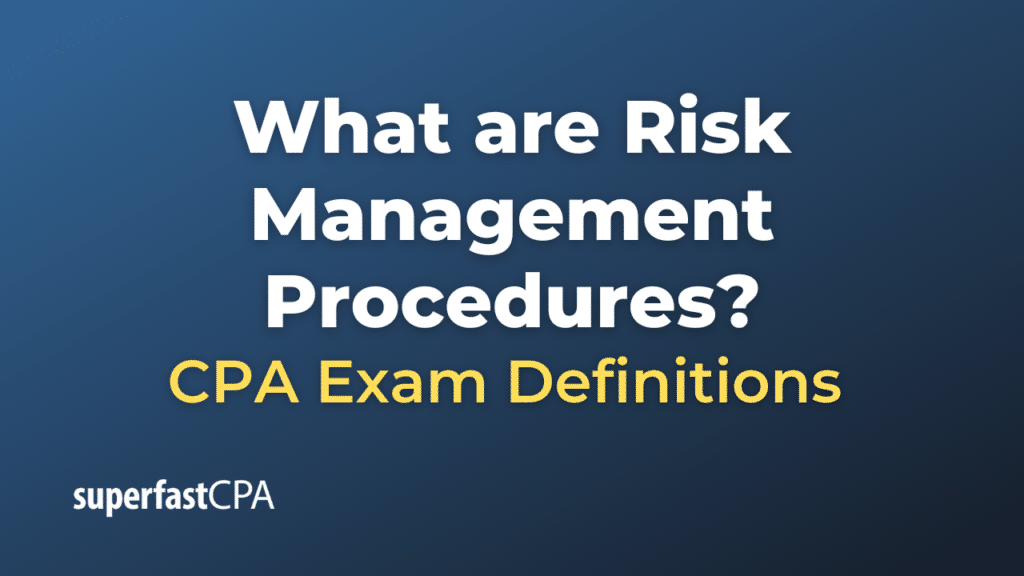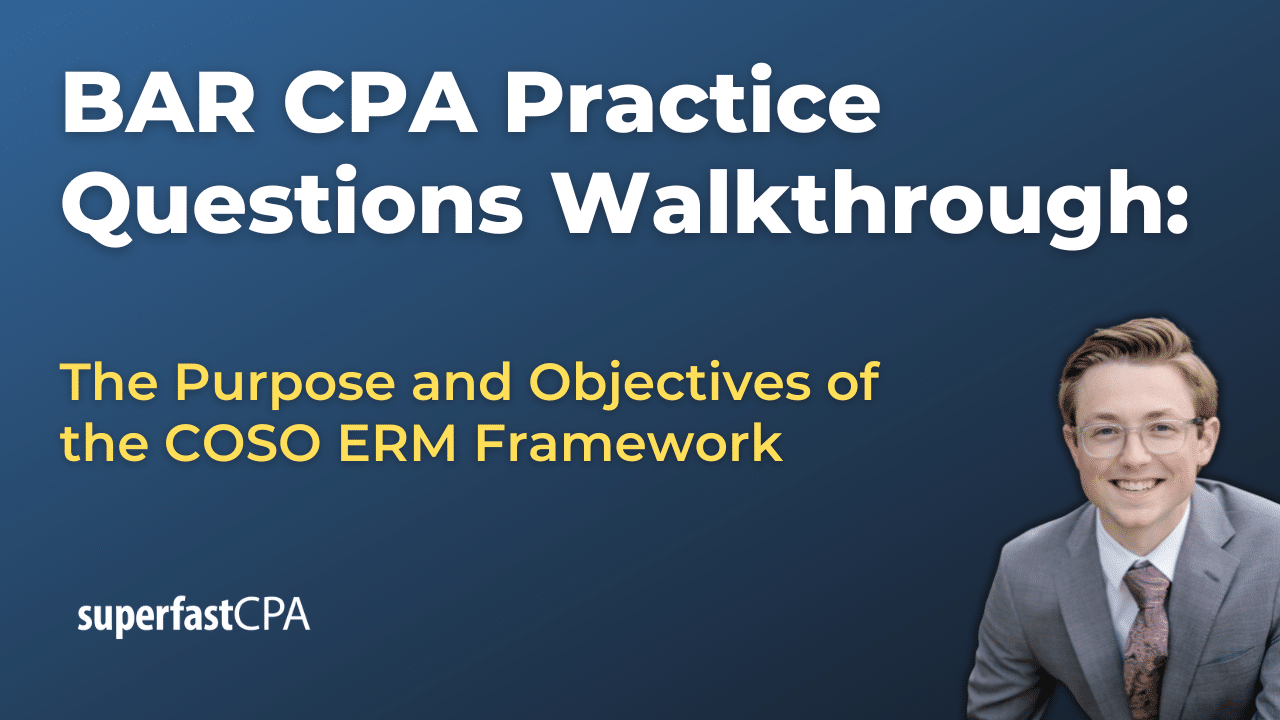Risk Management Procedures
Risk management procedures are the specific, step-by-step processes or protocols that an organization follows to implement its risk management policy. While the policy provides the overarching framework and guidelines, procedures detail the “how-to” of risk management – the practical steps taken to identify, assess, manage, and monitor risks.
Here’s a breakdown of typical risk management procedures:
- Risk Identification:
- Methods: Use tools like SWOT analysis, brainstorming sessions, interviews, surveys, and historical data analysis.
- Documentation: Record all identified risks in a risk register or a similar document. Include a description of the risk, potential causes, and consequences.
- Risk Assessment:
- Risk Analysis:
- Qualitative Analysis: Classify risks into categories like “low”, “medium”, or “high” based on their potential impact and likelihood.
- Quantitative Analysis: Use financial or statistical models to assign numerical values to the potential impact and likelihood of risks.
- Risk Evaluation: Prioritize risks based on the results of the analysis. Decide which risks need immediate attention and which can be monitored.
- Risk Analysis:
- Risk Response Planning:
- Selection: Determine the most appropriate response for each risk: avoidance, reduction, sharing/transferring, or acceptance.
- Action Plans: Develop specific plans or strategies for each chosen risk response. This might involve contingency planning, setting aside financial reserves, purchasing insurance, or implementing safety protocols.
- Responsibilities: Assign individuals or teams to oversee and implement each action plan.
- Risk Monitoring and Control:
- Tracking: Regularly update the risk register with new information about identified risks and add newly discovered risks.
- Performance Metrics: Establish metrics or indicators to gauge the effectiveness of risk responses.
- Reviews: Conduct periodic reviews of the risk environment, the effectiveness of responses, and the overall risk management process.
- Reporting : Provide regular risk updates to relevant stakeholders.
- Communication:
- Internal Communication: Ensure that all employees and relevant stakeholders are aware of their roles in risk management and are informed about significant risks.
- External Communication: Communicate with external stakeholders, such as customers, suppliers, or investors, about risks that might impact them. Ensure transparency and build trust.
- Feedback and Continuous Improvement:
- Feedback Collection: Gather feedback on the risk management process from various departments and stakeholders.
- Procedure Updates: Revise and update procedures based on feedback, lessons learned, and changes in the organizational environment.
- Training and Development:
- Training Programs: Organize regular training sessions on risk management for employees.
- Resource Allocation: Ensure that teams have the necessary tools, technology, and resources to implement risk management procedures effectively.
While these procedures provide a general outline, they must be tailored to fit an organization’s unique context, industry, size, and risk profile. Implementing detailed, well-communicated procedures helps ensure that the risk management policy is put into practice effectively, fostering a proactive risk culture throughout the organization.
Example of Risk Management Procedures
Let’s look at a hypothetical example of risk management procedures for a manufacturing company producing electronic gadgets:
Risk Management Procedures for ElectroGadget Inc.
- Risk Identification:
- Methods: Team brainstorming sessions every quarter, review of customer feedback, and annual review of historical incident data.
- Documentation: Use a centralized electronic risk register to log all identified risks, causes, and potential outcomes.
- Risk Assessment:
- Risk Analysis:
- Qualitative Analysis: Categorize risks as “Low”, “Medium”, or “High” using team consensus after reviewing data.
- Quantitative Analysis: Assign financial costs to potential risks based on past data and estimated future impact.
- Risk Evaluation: Utilize a risk matrix to prioritize risks based on their impact and likelihood.
- Risk Analysis:
- Risk Response Planning:
- Selection: Determine the best approach for each high-priority risk.
- Action Plans:
- For supply chain disruptions: Maintain an alternative list of suppliers and a buffer stock of critical components.
- For machinery breakdowns: Implement a rigorous maintenance schedule and training for operators.
- Responsibilities : Appoint the operations manager to oversee supply chain risks and the plant manager for machinery-related risks.
- Risk Monitoring and Control:
- Tracking: Update the risk register monthly and immediately after any significant incident.
- Performance Metrics: Monitor the number of supply chain disruptions and machinery breakdowns monthly.
- Reviews: Convene a semi-annual risk review meeting with department heads.
- Reporting : The Chief Risk Officer (CRO) will provide quarterly risk updates to the board.
- Communication:
- Internal Communication: Use monthly newsletters and team meetings to communicate about key risks and preventive measures.
- External Communication: Notify suppliers about any significant changes in production schedules or requirements that could affect them.
- Feedback and Continuous Improvement:
- Feedback Collection: Use an online portal for employees to submit feedback or concerns about potential risks.
- Procedure Updates: The CRO, in collaboration with department heads, reviews and revises the procedures annually.
- Training and Development:
- Training Programs: Conduct bi-annual training sessions for employees on risk awareness and specific preventive measures.
- Resource Allocation : Allocate budget for advanced risk detection software and machinery upgrades to reduce potential breakdowns.
This example provides a glimpse into how a manufacturing company might detail its risk management procedures. In reality, the procedures would be even more comprehensive, accounting for the complexities and specificities of the company’s operations, products, and industry landscape.













